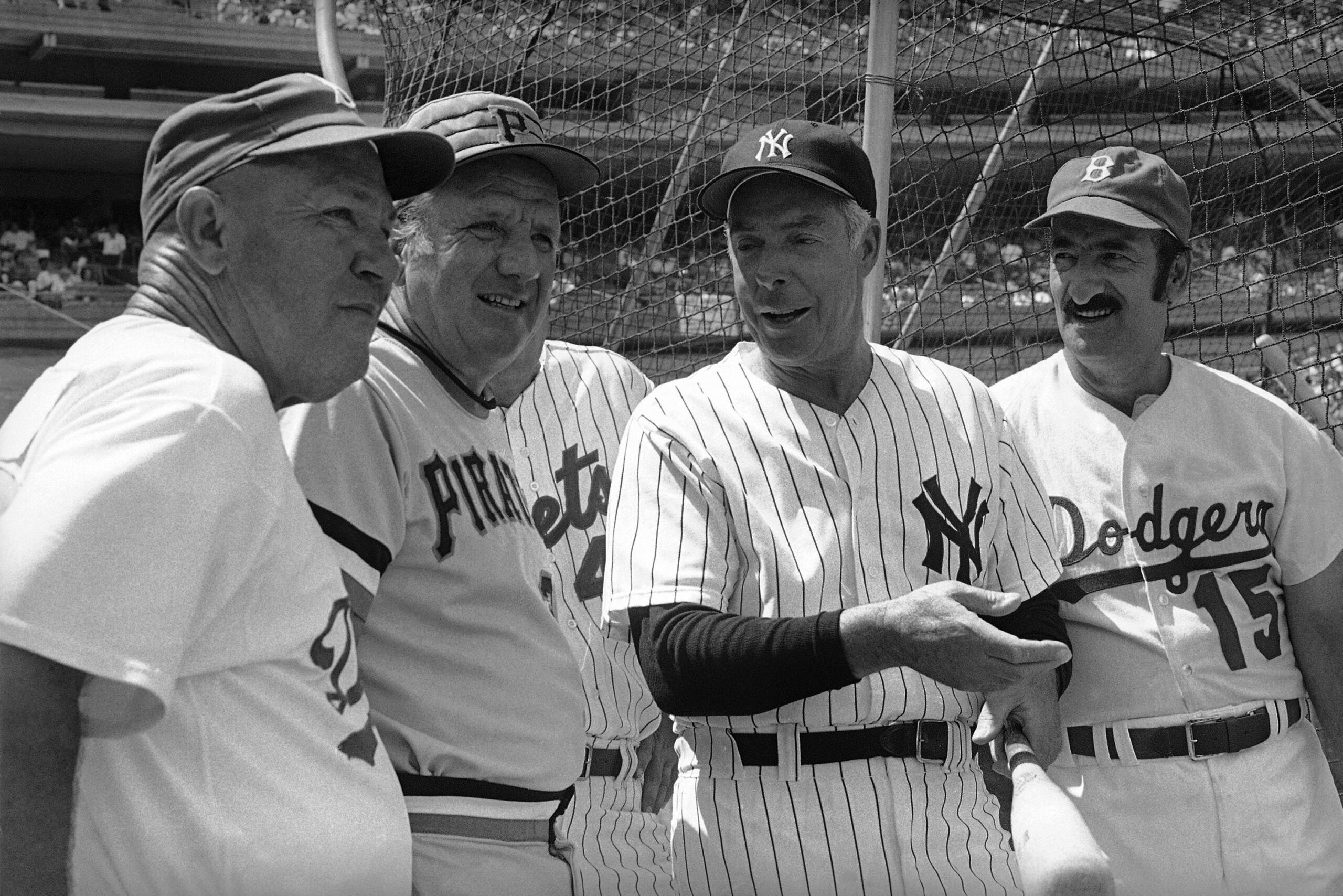Cal Abrams: He fought fate to a draw

March birthdays, there are a plenty. Several are flashes in the pan, though interesting both as ball players and people. Yet one player must be chosen for reasons that are special to me. His name? Cal (Abie) Abrams was born March 2, 1924 and left this world on Feb. 25, 1997.
First of all, he was Jewish. So am I. It was a time, the ‘40’s when there were few Jewish ball players, and they had a rough time of it. Koufax had not yet come on the scene. Here’s a quote from Abrams. I’ll add to it.
“I always had the feeling that Charley Dressen only played me enough to give me rope to hang myself. I remember one game, I hadn’t been playing, and it was the ninth inning, bases loaded, two outs. Dressen puts me in to pinch hit. I popped up. Meanwhile, there was an opportunity in the sixth and the seventh for a left-handed batter, and the fans were yelling, ‘We want Abrams,’ and he wouldn’t put me in. He waited until the ninth. Then there was the time Pee Wee Reese had two strikes on him and Dressen sent me in to pinch hit. I don’t recall in the history of baseball where any major leaguer ever had the same situation. Two strikes and to go up and pinch hit? Never in a million years. I could understand it if it was a rookie, but [Hall of Fame shortstop] Pee Wee Reese was up there. And two strikes? I popped out.” – Cal Abrams in An Oral History of the Brooklyn Dodgers (Peter Golenbeck, 1984, pg. 267)

Brooklyn Boro
View MoreNew York City’s most populous borough, Brooklyn, is home to nearly 2.6 million residents. If Brooklyn were an independent city it would be the fourth largest city in the United States. While Brooklyn has become the epitome of ‘cool and hip’ in recent years, for those that were born here, raised families here and improved communities over the years, Brooklyn has never been ‘uncool’.